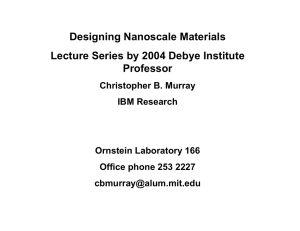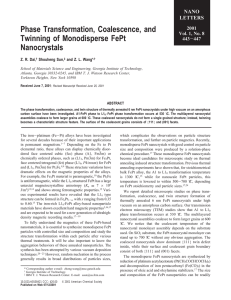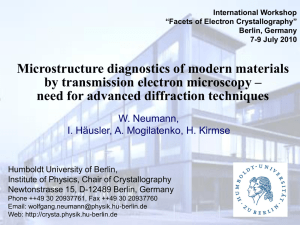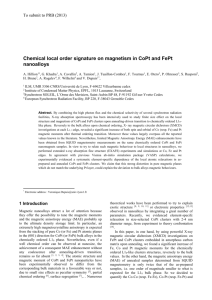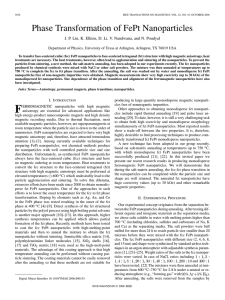CoughlinFinalPoster
advertisement
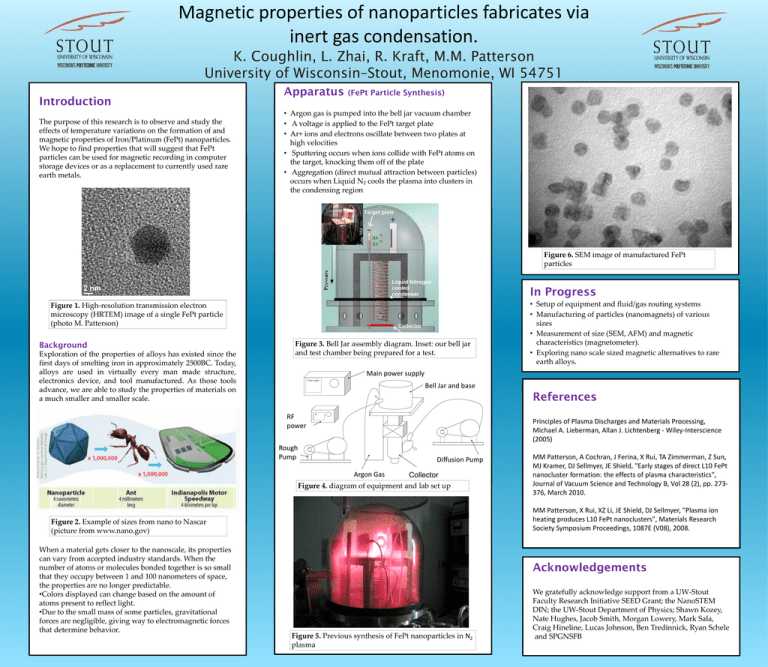
Magnetic properties of nanoparticles fabricates via inert gas condensation. K. Coughlin, L. Zhai, R. Kraft, M.M. Patterson University of Wisconsin–Stout, Menomonie, WI 54751 Introduction The purpose of this research is to observe and study the effects of temperature variations on the formation of and magnetic properties of Iron/Platinum (FePt) nanoparticles. We hope to find properties that will suggest that FePt particles can be used for magnetic recording in computer storage devices or as a replacement to currently used rare earth metals. Apparatus (FePt Particle Synthesis) • Argon gas is pumped into the bell jar vacuum chamber • A voltage is applied to the FePt target plate • Ar+ ions and electrons oscillate between two plates at high velocities • Sputtering occurs when ions collide with FePt atoms on the target, knocking them off of the plate • Aggregation (direct mutual attraction between particles) occurs when Liquid N₂ cools the plasma into clusters in the condensing region Figure 6. SEM image of manufactured FePt particles In Progress Figure 1. High-resolution transmission electron microscopy (HRTEM) image of a single FePt particle (photo M. Patterson) Background Exploration of the properties of alloys has existed since the first days of smelting iron in approximately 2500BC. Today, alloys are used in virtually every man made structure, electronics device, and tool manufactured. As those tools advance, we are able to study the properties of materials on a much smaller and smaller scale. Figure 3. Bell Jar assembly diagram. Inset: our bell jar and test chamber being prepared for a test. Main power supply Power supply Bell Jar and base RF power References RF Principles of Plasma Discharges and Materials Processing, Michael A. Lieberman, Allan J. Lichtenberg - Wiley-Interscience (2005) Rough Pump Diffusion Pump Argon Gas Collector Figure 4. diagram of equipment and lab set up MM Patterson, A Cochran, J Ferina, X Rui, TA Zimmerman, Z Sun, MJ Kramer, DJ Sellmyer, JE Shield, "Early stages of direct L10 FePt nanocluster formation: the effects of plasma characteristics", Journal of Vacuum Science and Technology B, Vol 28 (2), pp. 273376, March 2010. MM Patterson, X Rui, XZ Li, JE Shield, DJ Sellmyer, "Plasma ion heating produces L10 FePt nanoclusters", Materials Research Society Symposium Proceedings, 1087E (V08), 2008. Figure 2. Example of sizes from nano to Nascar (picture from www.nano.gov) When a material gets closer to the nanoscale, its properties can vary from accepted industry standards. When the number of atoms or molecules bonded together is so small that they occupy between 1 and 100 nanometers of space, the properties are no longer predictable. •Colors displayed can change based on the amount of atoms present to reflect light. •Due to the small mass of some particles, gravitational forces are negligible, giving way to electromagnetic forces that determine behavior. • Setup of equipment and fluid/gas routing systems • Manufacturing of particles (nanomagnets) of various sizes • Measurement of size (SEM, AFM) and magnetic characteristics (magnetometer). • Exploring nano scale sized magnetic alternatives to rare earth alloys. Acknowledgements Figure 5. Previous synthesis of FePt nanoparticles in N2 plasma We gratefully acknowledge support from a UW-Stout Faculty Research Initiative SEED Grant; the NanoSTEM DIN; the UW-Stout Department of Physics; Shawn Kozey, Nate Hughes, Jacob Smith, Morgan Lowery, Mark Sala, Craig Hineline, Lucas Johnson, Ben Tredinnick, Ryan Schele and SPGNSFB
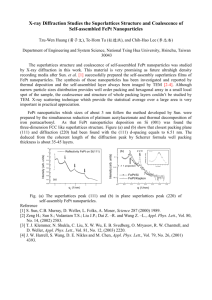
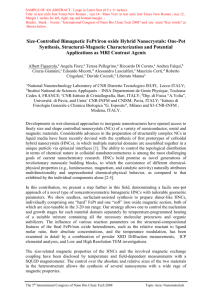
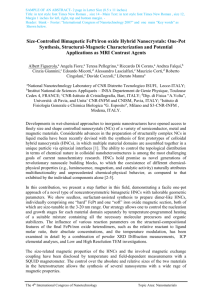
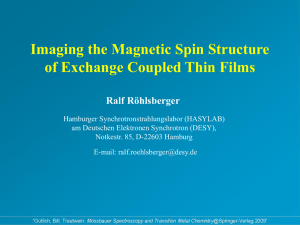
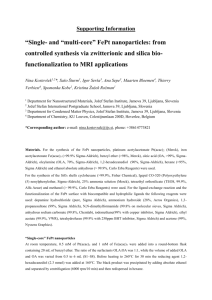
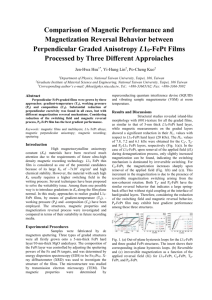
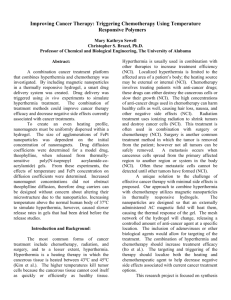
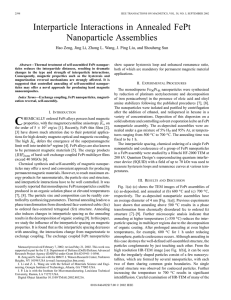
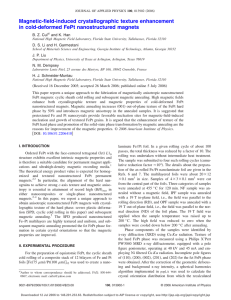
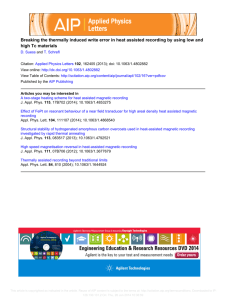
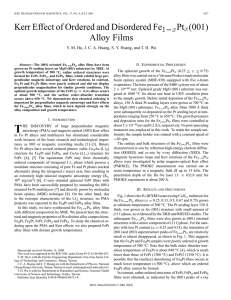
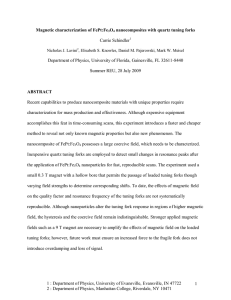
![Synthesis, self-assembly, and magnetic properties of [FePt]/sub 1](http://s2.studylib.net/store/data/018740111_1-dccf7bfde9035a0e52b59f24cb3e4205-300x300.png)
